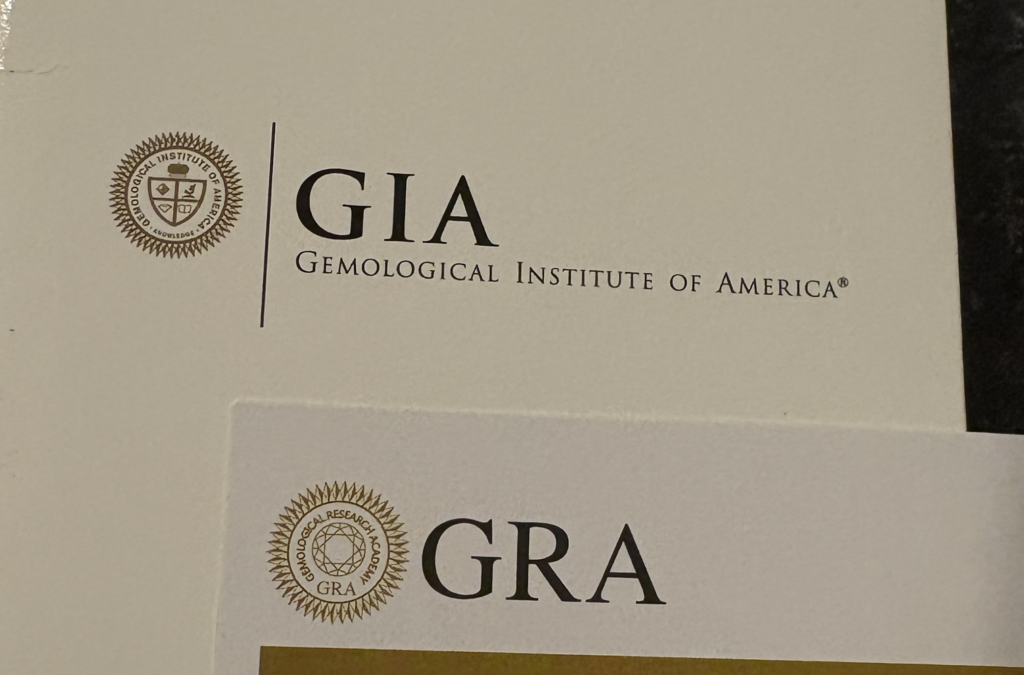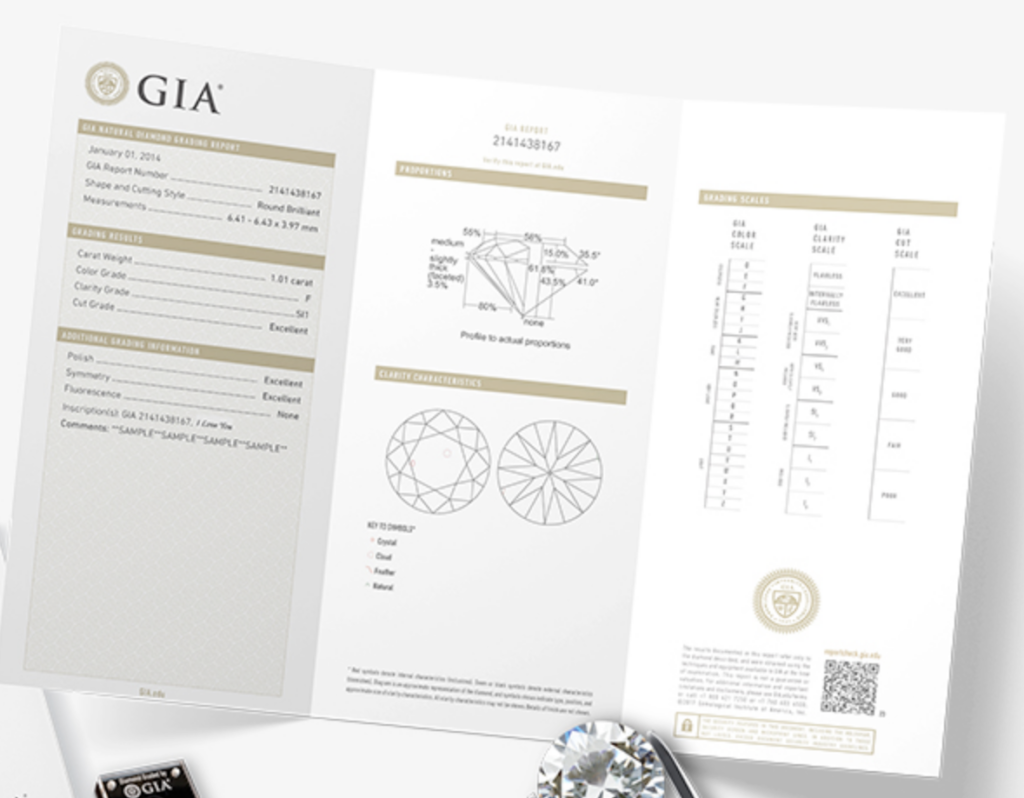
There has always been a push to market less desirable products. We see successful advertising campaigns all around us. But when does it cross the line, attempting to take advantage of less knowledgable consumers? My hope is to bring some awareness, and help you to avoid attaining something that isn’t as implied.
One small business owner proudly showed me a “find” he got. I knew looking at it, it was not an emerald—in spite the “certification” stating it was. This particular certification stated it was “beryl” (the family in which emerald is a variety of), but even if this was true, the gem itself appeared to be quench crackled with inserted dye. He wanted to know what the piece was worth and did not appear to be satisfied with my critique.

Another case was with a dear friend. She had obtained a lovely ring by a charitable auction. She believed what she had was a natural large pink and white diamond ring in solid 14k. It had paperwork stating it was a “_____ Diamond” (I really don’t recall the brand name). While the fine print stated it was laboratory created with it’s brand name and the word “diamond”, this was absolutely not a diamond. Because I could tell she was on the defense, I encouraged her to get a second opinion. Fact remains, diamonds, due to their hardness and crystal structure don’t contain the scuffs, vitreous luster, conoidal fractures, or the rounded facet junction that her stones showed. The stone also didn’t pass a simple thermal conductivity test.
There are other deceptive cases that appear to be less harmful. Take the all-to-common “GRA” lab reports out of China. Like many knock offs coming out of China, I see the GRA is an attempt to ride the reputation of GIA; with similar seals etc. The difference is, the GRA is not an accredited, legitimate educational institute nor is it a reputable “lab” with locations I’ve been able to verify from the back of their reports or online. They tend to certify lower quality moissanite gems and add “value” to them by including a laser inscription as a means to authenticate a stone. My concern is that a person may believe they’ve acquired something more official or valuable than it actually is.

I recommend aiming for reputable reports from GIA, AGS, or even IGI… These are some of the more trustworthy institutions.
